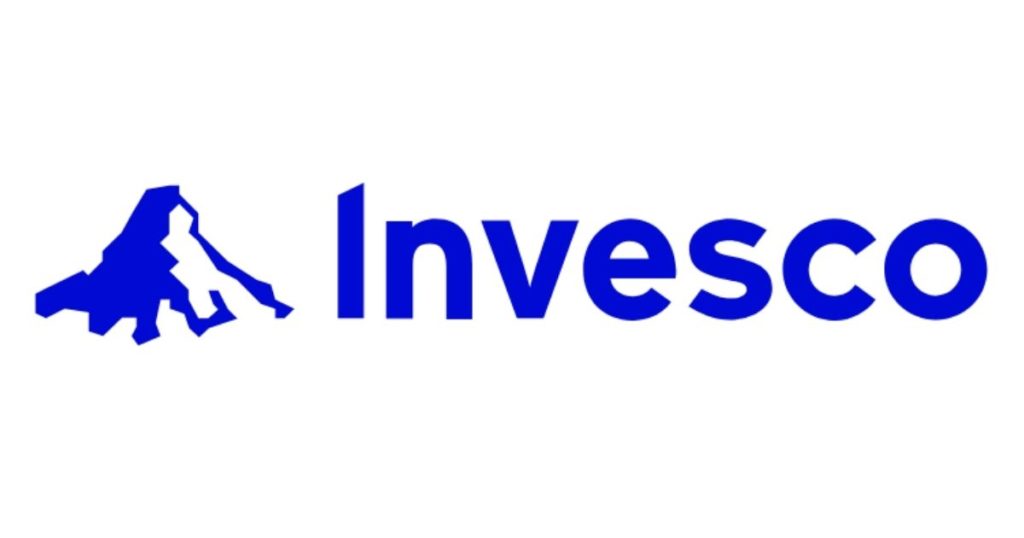You’re likely familiar with some popular US indices such as the S&P 500 or the Dow Jones Industrial Average.
What you may not know is that there are almost 3.3 million stock market indices around the world.
Not all are created equal, and some have much lower fees than others. Here are some of the top picks for the best low-cost index funds in Canada.
Understanding what an Index Is
Completely understanding indices is the first step to understanding low-cost index funds.
The simple definition of an index is a group of securities that make up part of a market based on certain criteria. An index is not a fund or something that you can directly invest in.
The value of indices in a lot of cases comes from allowing a portfolio manager to benchmark his or her performance. In the US, popular indices include:
- S&P 500
- Dow Jones Industrial Average
- NASDAQ 100
- Russell 2000
Keep in mind that indices can include stocks, bonds, a combination of both, or just about any other investable security.
In Canada, two key stock market indices are the S&P/TSX Composite and the S&P/TSX 60. The first aims to replicate the entire broad Canadian stock market while the second tracks the 60 largest companies in Canada by market capitalization.
Index Funds vs ETFs vs Mutual Funds
Differentiating between index funds, ETFs, and mutual funds comes down to understanding a few key concepts in the investment world.
Passive vs Active Funds
Either a mutual fund or an ETF can be actively-managed or passively-managed. A passively-managed ETF or mutual fund aims to replicate the performance of its underlying index.
An actively-managed ETF or mutual fund aims to outperform its underlying index by relying on the portfolio manager’s skill.
ETFs vs Mutual Funds
Before discussing ETFs and mutual funds, it’s important to understand that an index fund can be either an ETF or a mutual fund.
An ETF is simply how a basket of stocks or investment securities is packaged. An ETF trades like a stock on a stock exchange and can be traded throughout the day when markets are open. ETFs generally have lower MERs than mutual funds.
A mutual fund is a different type of investment wrapper. Mutual funds do not trade on an exchange and do not have intra-day liquidity.
One benefit of mutual funds is that you don’t have to go through a bid-ask spread to purchase them.
We will cover some of the best low-cost index funds in Canada and discuss their features below. The funds below will all be ETFs that trade on a Canadian exchange.
Best Low-Cost Index Funds in Canada
1. Invesco NASDAQ 100 Index ETF
The first fund on our list is an ETF by Invesco. QQC aims to passively replicate the performance of the NASDAQ 100 index. QQC replicates it with currency fluctuations between US dollars and Canadian dollars impacting your returns. QQC.F hedges away this currency impact.
Keep in mind that by investing only in a fund tracking the NASDAQ 100, your risk is concentrated across a few sectors. The NASDAQ 100 is a particularly tech-focused index in the US.
The ETF has a fairly low yield, which is to be expected given the companies within the underlying index. The majority of the fund’s growth should be through capital appreciation.
QQC is a small ETF with a very short track record. Its MER is actually somewhat high for an index ETF.
The NASDAQ 100 index has outperformed its other US peers for several years now. QQC is a great way to get access to this index here in Canada.
2. TD US Equity Index ETF
The next index ETF also tracks US stocks, this time offered by TD. TPU aims to replicate the performance of the 500 largest companies in the US by market cap, which is virtually the same as the S&P 500 index.
TPU is unhedged, which captures the effect of currency movements between the US and Canadian dollars. THU is the hedged version of the same strategy, available as a separate ETF (THU).
By investing solely in an index tracking large US companies, your portfolio does not have any small companies.
TD’s ETF also has a fairly low yield. It is a huge fund in terms of assets and has a very low MER.
TPU does not track the S&P 500 index, likely because it is cheaper for TD to have the ETF track the Solactive US LargeCap NR CAD index (which is identical).
Indices can be similar or identical depending on which investments are in their hypothetical baskets.
3. TD Canadian Equity Index ETF

- Ticker: TTP.TO
- Inception Date: March 22, 2016
- Assets under Management: $1.05 billion
- Management Expense Ratio: 0.05%
- Listed on: Toronto Stock Exchange
- Annualized Yield: 1.99%
- Stock Price: $23.51
- YTD Return: 0.56%
TTP is another low-cost index ETF, this time tracking the Canadian market. TTP looks to replicate the broad Canadian stock market and follows an index offered by again by Solactive, likely for cost reasons.
TTP has a decent dividend yield which reflects the sector bias of the Canadian stock market. The ETF is very large in size and has a very low MER.
By investing in a Canadian index ETF like TTP, keep in mind that you are not diversifying outside of Canada. You will also be heavily concentrated in sectors such as financials, materials, and energy.
TTP is a great low-cost index ETF because it offers you the diversification of the Canadian stock market at an incredibly low MER.
4. TD Canadian Aggregate Bond Index ETF

- Ticker: TDB.TO
- Inception Date: March 22, 2016
- Assets under Management: $483.82 million
- Management Expense Ratio: 0.09%
- Listed on: Toronto Stock Exchange
- Annualized Yield: 2.98%
- Stock Price: $12.7
- YTD Return: -1.37%
TDB is the only fixed-income index ETF on our list. The ETF tracks the performance of the broad Canadian fixed-income market. It follows another Solactive index – the Solactive Broad Canadian Bond Universe TR Index.
Since TDB is a bond index ETF, it pays a good annualized yield on a monthly basis. This is fairly common for fixed-income mutual funds and ETFs.
TDB is a large ETF in terms of assets and is offered at a very inexpensive MER.
As a bond index ETF, TDB is considered lower risk than the stock index ETFs also covered on our list. If you have a low-risk tolerance, it is likely a more appropriate index ETF for your portfolio.
A fixed-income index fund can also be used in conjunction with a stock index ETF to create a balanced portfolio.
5. TD International Equity Index ETF

- Ticker: TPE.TO
- Inception Date: March 22, 2016
- Assets under Management: $924 million
- Management Expense Ratio: 0.20%
- Listed on: Toronto Stock Exchange
- Annualized Yield: 3.10%
- Stock Price: $20.54
- YTD Return: 1.8%
TPE, also offered by TD, covers the international equity category. The ETF invests in mid-cap and large-cap companies internationally, which means that the allocation to North America is low or zero.
TPE is not currency hedged. Fluctuations between the value of the Canadian dollar and other international currencies will affect your total return.
The international equity category is important to consider because it diversifies your portfolio outside of North America. Most professionally-constructed portfolios will have a significant allocation to global asset classes.
TPE has a great yield and comes with a slightly higher MER than most index funds on our list. Keep in mind that international and global funds tend to have higher costs.
6. Horizons Europe 50 Index ETF
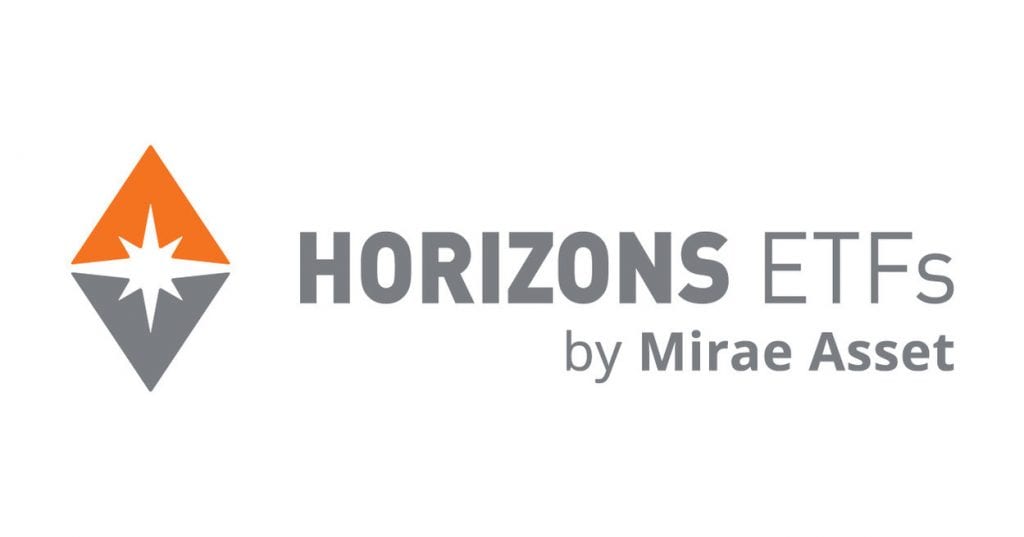
- Ticker: HXX.TO
- Inception Date: December 6, 2016
- Assets under Management: $71.55 million
- Management Expense Ratio: 0.17%
- Listed on: Toronto Stock Exchange
- Stock Price: $46.6
- YTD Return: 2.5%
HXX is an index ETF offered by Horizons that is geographically focused on Europe. It passively tracks the Solactive Europe 50 Rolling Future Index TR.
This index contains the 50 largest companies in the Eurozone which are sector leaders.
HXX is not currency hedged. Currency fluctuations between the Canadian dollar and foreign currencies will impact your total return.
As a low-cost index fund focusing on the Eurozone specifically, HXX is a great option for investors that are looking to invest in this region. The ETF is fairly small in size and has a high MER.
Since HXX only invests in 50 underlying holdings, you may want to consider adding other index funds to your portfolio to properly diversify.
The Eurozone has also historically underperformed North American markets in recent history.
7. CIBC Global Bond ex-Canada Index ETF
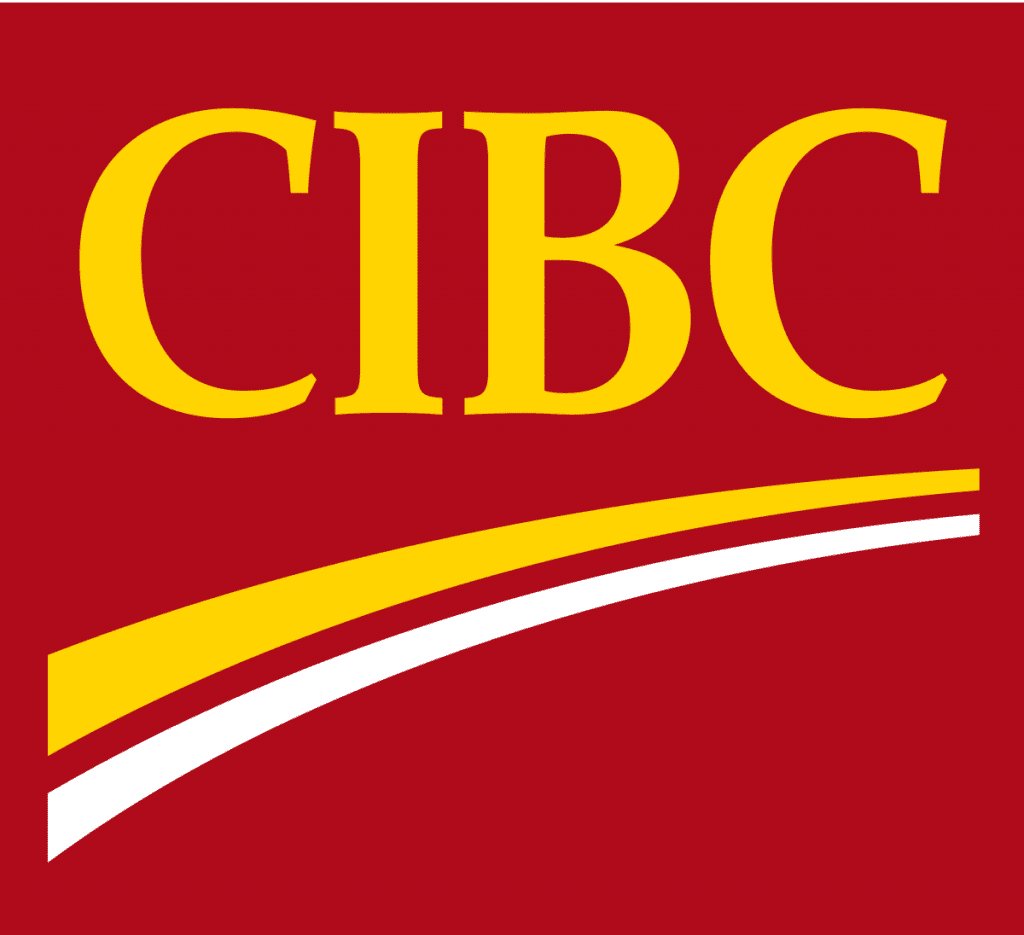
- Ticker: CGBI.TO
- Inception Date: September 16, 2021
- Assets under Management: $338.25 million
- Management Expense Ratio: 0.19%
- Listed on: Toronto Stock Exchange
- Annualized Yield: 1.8%
- Stock Price: $17.36
- YTD Return: -0.34%
CGBI is another low-cost index ETF offered by CIBC. This index fund gives you access to global bonds outside of Canada, which is a great tool for building a well-diversified portfolio.
The ETF tracks the Morningstar Global ex-Canada Core Bond Hedged CAD Index.
For fixed-income investors, combining CGBI with a Canadian fixed-income index fund like TDB will create a geographically well-diversified bond portfolio.
CGBI is currency-hedged, so fluctuations between the Canadian dollar and other global currencies will not impact your returns.
The ETF is large and comes at a fairly high MER. As we mentioned before, funds that have a global mandate tend to come with a higher fee.
CGBI pays a decent yield on a monthly basis, which is fairly standard for fixed income funds. The ETF does have a very short-term performance track record, having been launched recently.
How to Buy the Best Low-Cost Index Funds in Canada
The cheapest way to buy ETFs is from discount brokers. My top choices in Canada are:
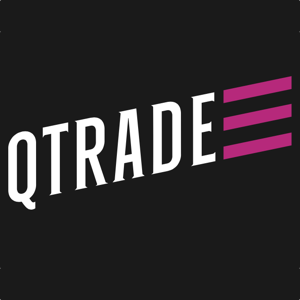
- 105 commission-free ETFs to buy and sell
- Excellent customer service
- Top-notch market research tools
- Easy-to-use and stable platform

- Stock and ETF buys and sells have $0 trading fees
- Desktop and mobile trading
- Reputable fintech company
- Fractional shares available
To learn more, check out my full breakdown of the best trading platforms in Canada.
Conclusion
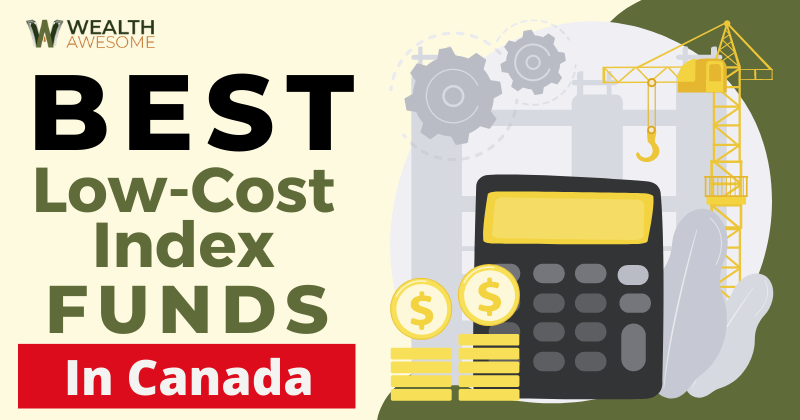
Low-cost index funds are a fantastic way to get diversified exposure to a market segment at an extremely low MER.
If you are looking to minimize investment costs and aren’t a big believer in active management, index funds are great portfolio building blocks.
Remember to thoroughly understand what index your fund is tracking and to know what your risk exposures are. One low-cost index fund is usually not enough to construct a well-built portfolio. I have another list that has the best index funds in Canada, which includes a few mutual fund picks as well.
Investors usually have different goals and objectives that should be considered when building an investment portfolio.
